
Welcome to ICELAND -HALLGRÍMSKIRKJA church in Reykjavik
Traveling to Iceland was an amazing experience for me and although my time there was short, I was able to see so much and more importantly, at a reasonable cost. I’m going to share with you helpful tips that will make your trip to Iceland go smoothly and you can get the most bang for your buck.
First, figure out what month you want to travel to Iceland. This may sound silly, but understand that the daylight hours vary drastically from month to month. Winter months have short days and long nights making it ideal for astrophotographers trying to capture the Northern Lights. While summer months are the opposite with long days and short nights that never even hit astro twilight some days. For example, my trip was towards the end of July so the sun set around 11:00pm and rose around 4:00am. If you are going for the Northern Lights the summer months are not a good time to go. However the long days in the summer are great for seeing a lot of the country which includes many waterfalls, glaciers, geysers, volcanic rock, animals, and mountains.
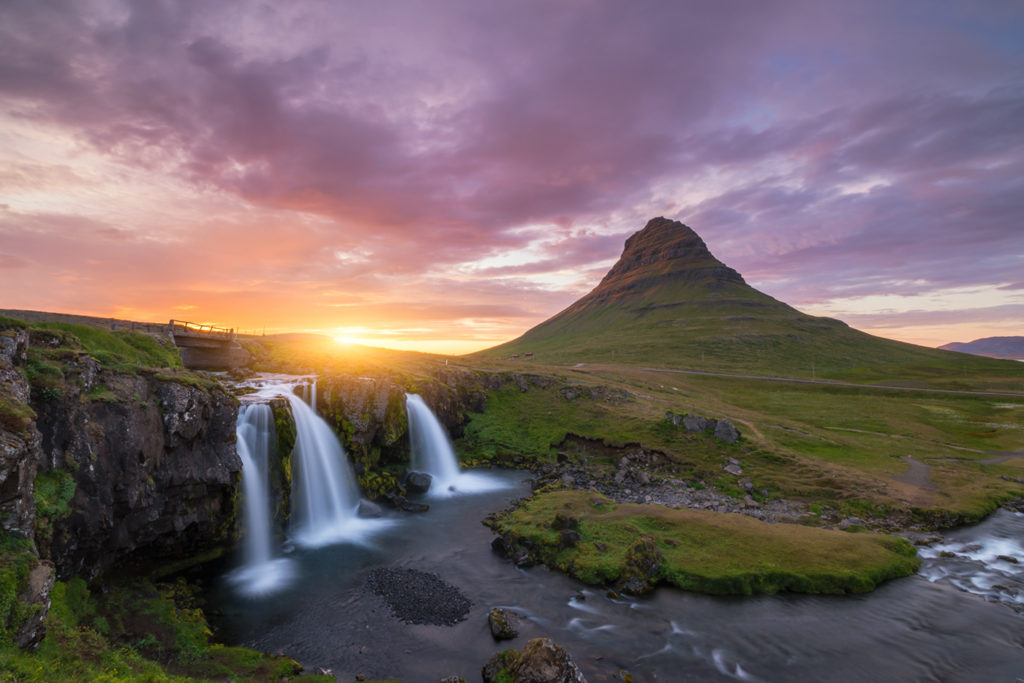
Sunset at Kirkjufell was taken around 10:30pm!
For sunrise and sunset times check out www.timeanddate.com/sun/iceland
Once you know the time of year you are going to go to Iceland I highly recommend downloading an Iceland map to your GPS which cost roughly $50-$60 dollars depending on the brand you have. Some of you are probably saying to yourselves “I’ll just use my phone’s GPS!”. This would be great if your phone worked there. When you can access free wifi then you can get your phone to work, but once you start traveling you’ll want to put your phone in airplane mode to save the battery. Some people buy Icelandic SIM cards or prepaid phones when they go to Iceland which I didn’t find necessary. Quite a few camp sites and businesses had free wifi to use, but you’ll be in Iceland enjoying the experience so the rest of the world can wait! “Why was the GPS map so important?” you ask. Well the Icelandic language is painful to spell, speak and understand. Good luck trying to read road signs or a map while driving. Even trying to type in names on the Icelandic GPS map was painful so I went on google maps and found the GPS coordinates to the places I wanted to go and used them instead. I pinpointed exactly where I needed to go, then saved the name of the location on the GPS. With all the locations saved, it is easier to write an itinerary of where you would like to travel. I was able to figure out the distance I needed to go, the times I would arrive and depart and the amount of fuel needed for the trip. Also you may come to realize, many attractions are near each other so you can see multiple waterfalls, mountains or geysers in the same day!
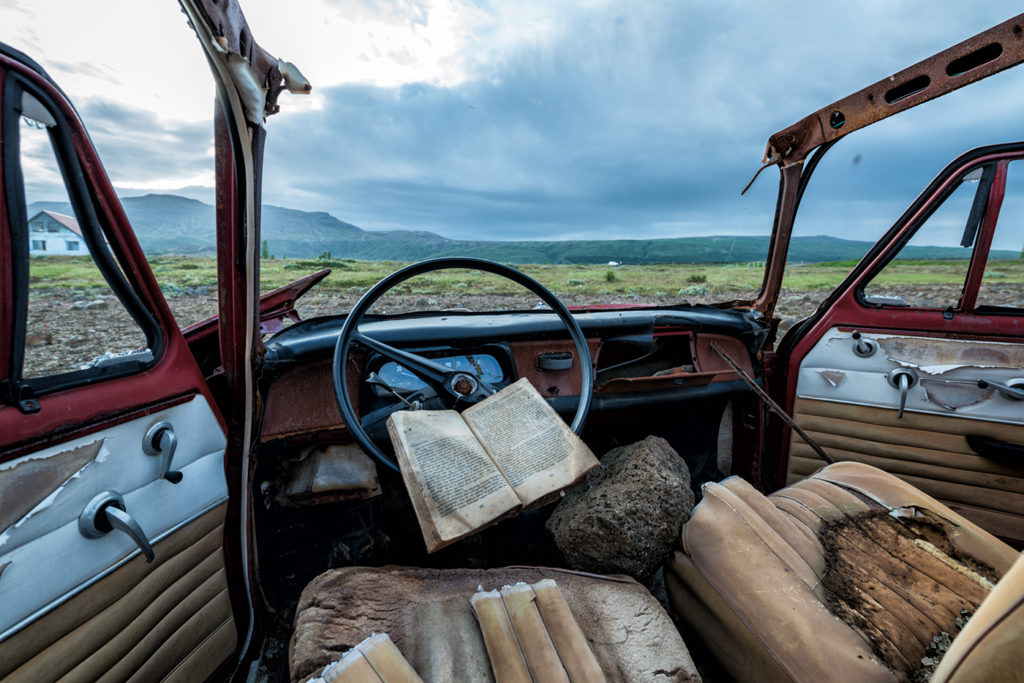
Ready to hit the road!!!
Airfare can vary drastically depending where you are flying from. If you are flying from Europe it is cheaper than flying from America. To save myself $250 bucks I flew out of Newark Airport, but on the return flight I landed in JFK airport. If I stayed with Newark Airport on the flight home my total cost for the round trip would have been a little over $1000, but by checking nearby airports I only paid $750. So if you can, play around with flexible dates, different flight times and mixing airports. This will most likely be your biggest expense going to Iceland.
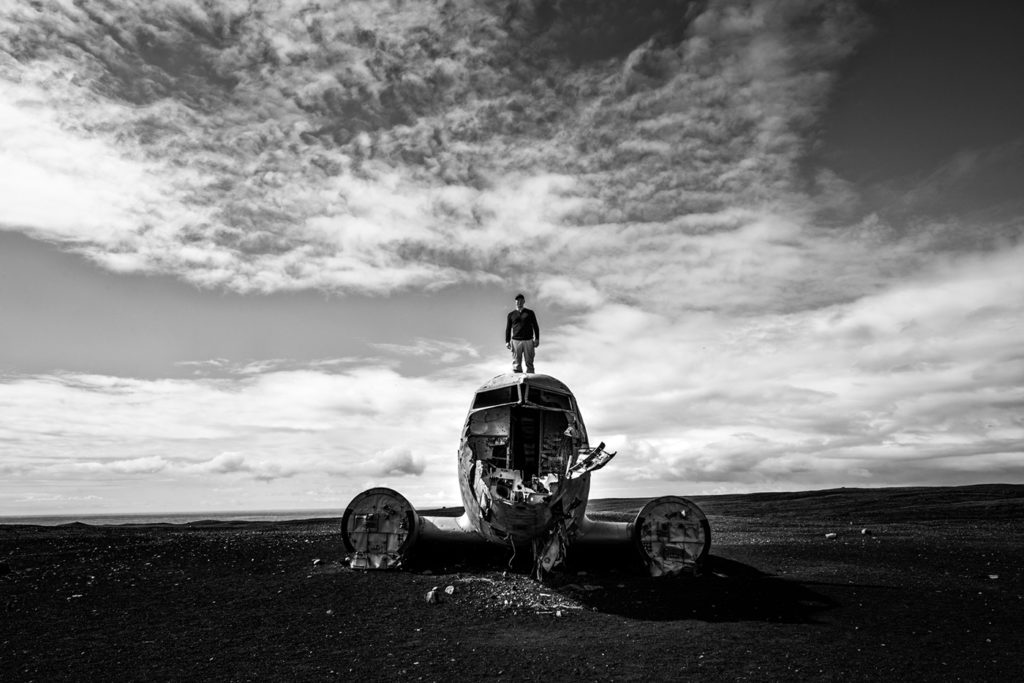
Flying To Iceland – Crashed Landed DC 3 plane on the black sands of Iceland
The second biggest expense in Iceland is the rental car and gasoline. Now this can get a little tricky so make sure you read the fine print on the rental car agreements and definitely shop around for the best price. The reason I recommend you map out your destination before going to Iceland is so you know what roads you have to travel on. Some of the most beautiful locations are only accessible by taking “F” roads which are bumpy, rocky, and can get muddy. You may even have to cross a stream in some places! Most rental cars are not allowed on these roads and if you break the contract and take the car on a F road you are liable for any damages. If you are planning to go to rugged areas be sure to upgrade to an 4×4 SUV that is allowed on F roads. After checking many rental car places online, the best deal I found was $650 for 5 days in an SUV that was suitable for all roads in Iceland with the exception of stream/river crossings. The contract did state that I was liable to fix any flat tires though and the insurance would not cover any damage if I hit any wildlife. In the countryside there are a lot of free roaming sheep that you need to look out for! The other high expense is gasoline which is sold by the liter. When I was traveling in Iceland it was roughly $5.50 – $7.50 per gallon. So how do you cut the cost down when driving through Iceland. Go with a friend or two so you can split the cost of gas and the car rental. And if you really want to keep it cheap you can hitch hike or ride a bike which many people do there. Just be aware that if you hitch hike or ride a bike it will take you much longer to get to your destinations and may effect the amount of site seeing you plan on doing. Also the weather is constantly changing in Iceland from sunny to cloudy, to rainy and then sunny again so plan on getting wet if you are not in the comfort of a vehicle. The best thing about renting a car was having the freedom to see so much on my own schedule and NOT some tour bus schedule that was overcrowded and you have to leave when they say so.
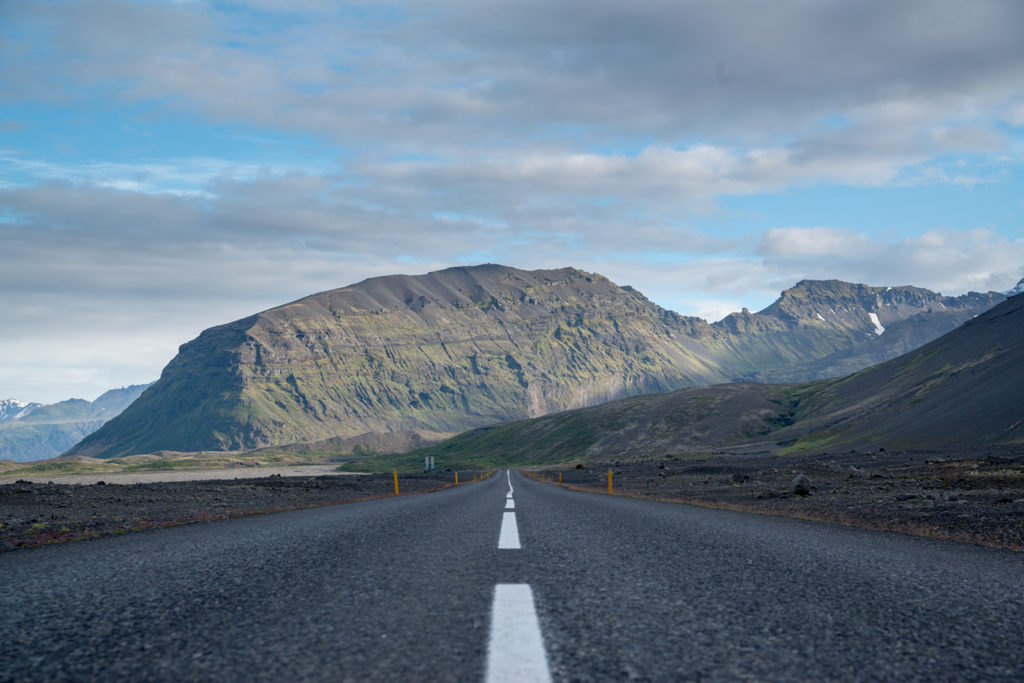
Ready to hit the road!
Now that we got the most expensive stuff out of the way, lets get to the cheap stuff! BRING YOUR CAMPING GEAR! It was the most amazing experience camping in Iceland. I was literally sleeping next to gorgeous waterfalls! Camping saves you so much money and makes it easier to see more of Iceland. Most camping sites are around $10 – $15 US or you can camp for free if you decide to pull off to the side of the road some where. Just about all of the camp sites I stayed at had wifi and showers. This is your best option to save the most money and to have an experience of a life time!
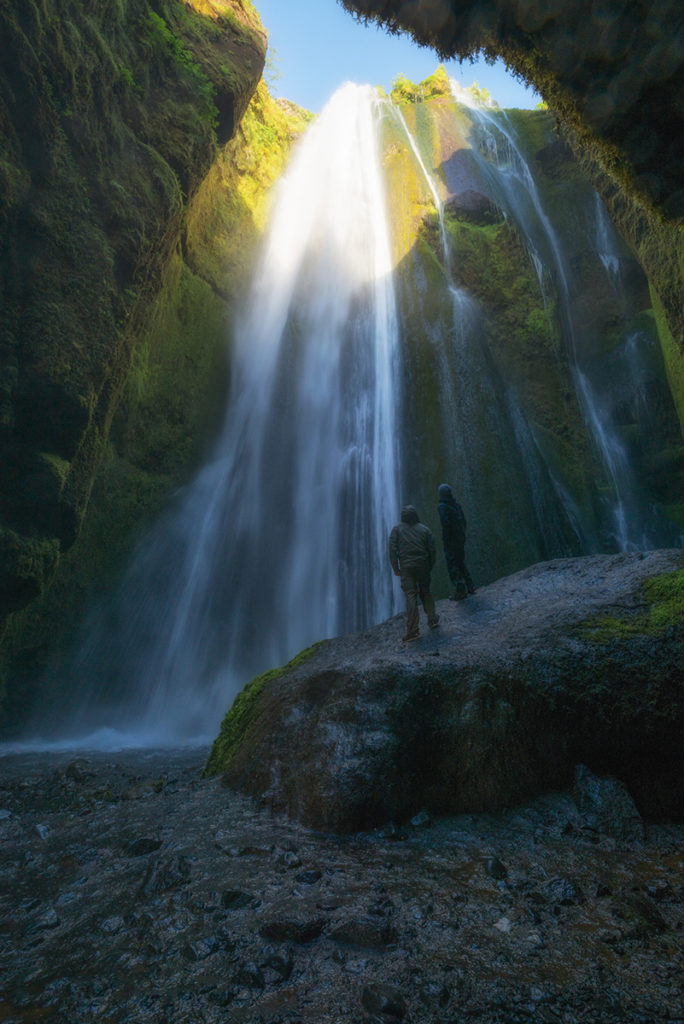
A 5 minute walk from my camp site! Gljúfrabúi waterfall!
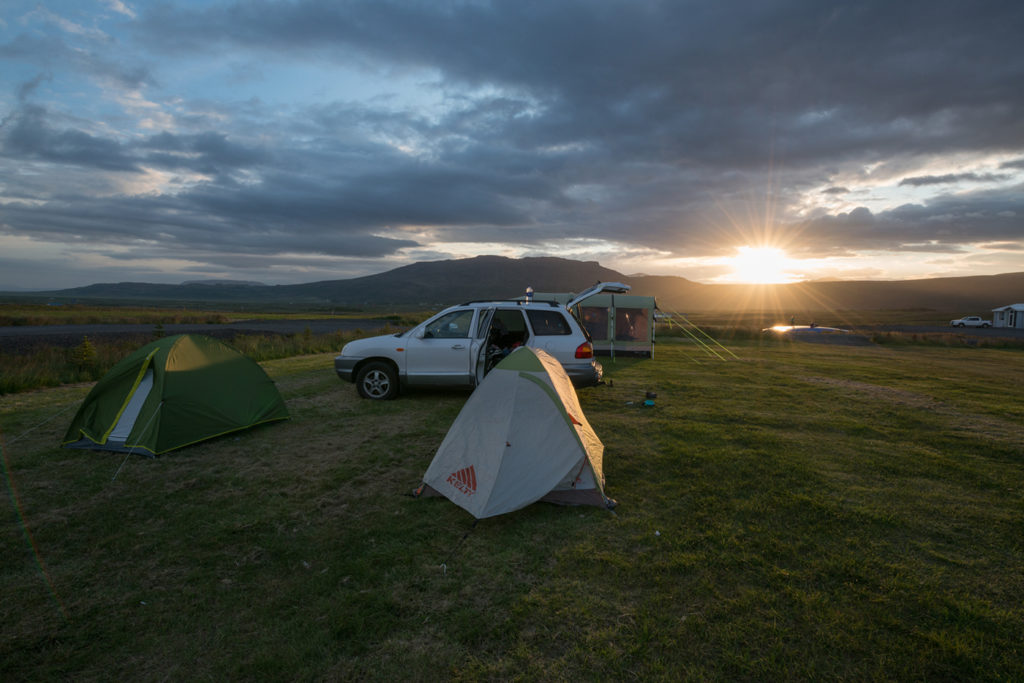
Camping in Iceland!
The next tip on “keeping it cheap” is bringing food and buying some at the grocery store before you start your travels. In my checked bag was my large camping back pack full of clothes, sleeping bag, camping pots and pans, camping stove, granola bars and peanut butter. My carry-on bag had my GPS and camera equipment. You can not bring flammable fuel on the plane so we bought a couple fuel canisters while in Reykjavik for the camping stove. Next we stopped at the grocery store stocked up on water, bread, jelly, assorted pastas meals, soup, and yogurt. Not just any yogurt, the best and cheapest yogurt I’ve ever eaten! We spent around $6500.00 Iceland Krona each… or about $50 US 😉 Even in July the air temperature was relatively cool for my trip. It was around 65 degrees during the day and in the 40’s at night so the food did not spoil on our trip. If it is going to be hotter than that, I would recommend buying a cheap cooler and some ice. That is it for all the major expenses on my trip. I did treat myself to the Blue Lagoon (about $50) and got souvenirs for some friends!
Lets tally it all up… $750 (Airfare) + $650 (Rental) + $450 (Gasoline) + $50 (Food) + $50 (Blue Lagoon) + $50 (GPS Map) + $50 (Camping) = $2050 Subtract $550 (Friends half of the rental car and gas) = $1500
$1500 – $2000 can get you an amazing trip to Iceland that allows you to schedule the things that you want to do. Some people might think that is still too much money, however I know people that spent close to $5000 when they went to Iceland. You can cut that cost down lower if you hitch hike or ride a bike, however you will not have as much freedom to get around to the places you want to see.
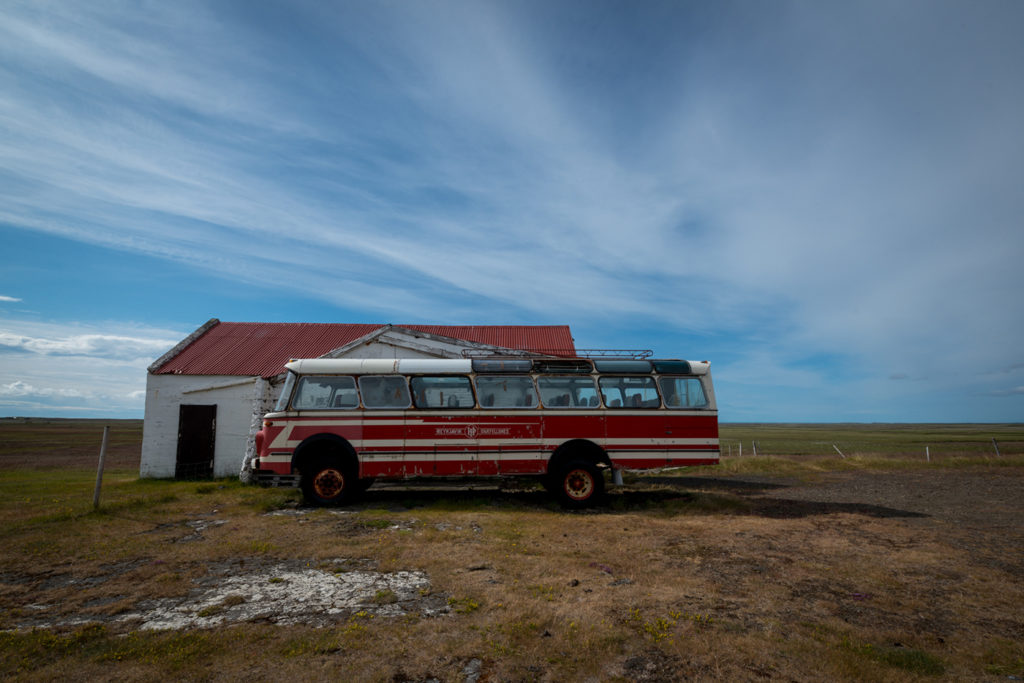
Retro Bus in Iceland
Here’s a couple other tips when traveling to Iceland. Just about everyone there speaks English so you don’t have to worry about a language barrier. If you are using a credit card make sure you notify your credit card company that you will be traveling to Iceland so they don’t freeze your card (which happened to me, oops!). Also if you are using that credit card at a gas station it will ask for a 4 digit code. Call the credit card company and confirm with them that you have a 4 digit code. My ATM card does, but I didn’t know what my Visa credit card was so I couldn’t use it. Some of the gas stations are in remote areas, so the language is in Icelandic which you may need to ask for help when filling up. Check with your credit card companies and banks if you will be subject to a currency conversion rate fee which I believe is around 3%. Last but not least, if you dunk your head in the Blue Lagoon your hair will feel like straw for a couple of days no matter how much conditioner you use! Enjoy some of the amazing sites I capture in Iceland below! Thanks.
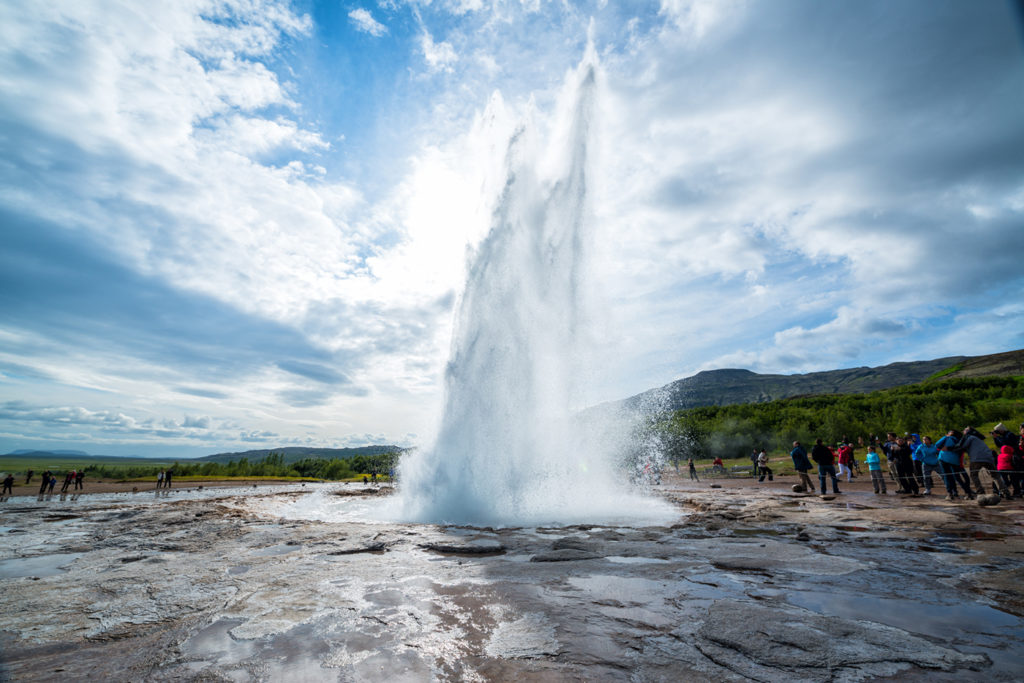
Strokkur geyser
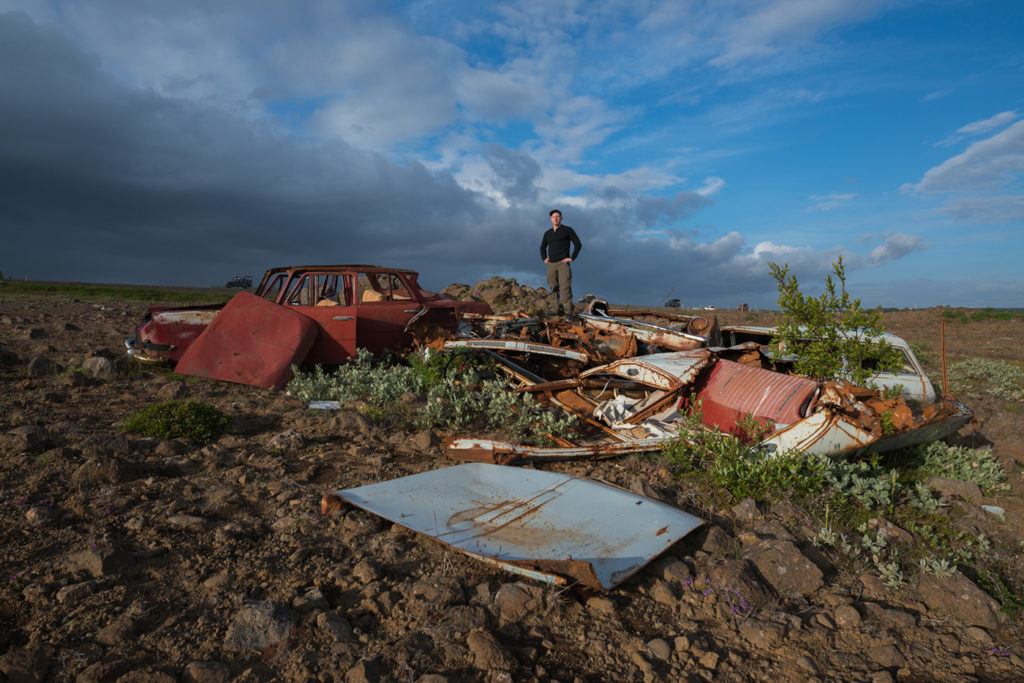
Finding an abandoned junk pile
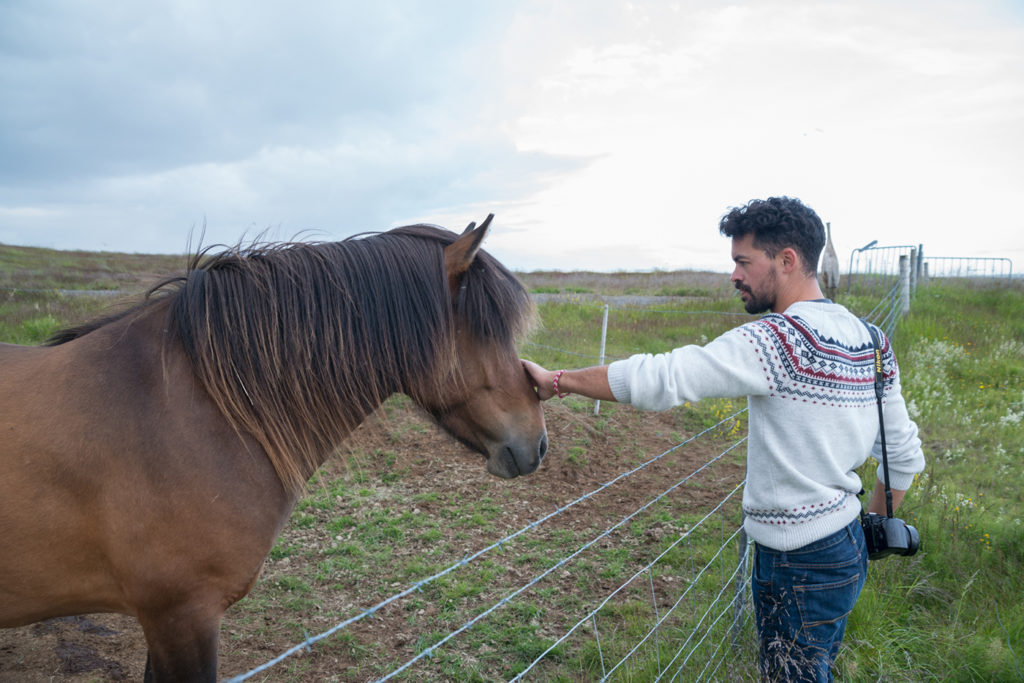
Remi the horse whisperer
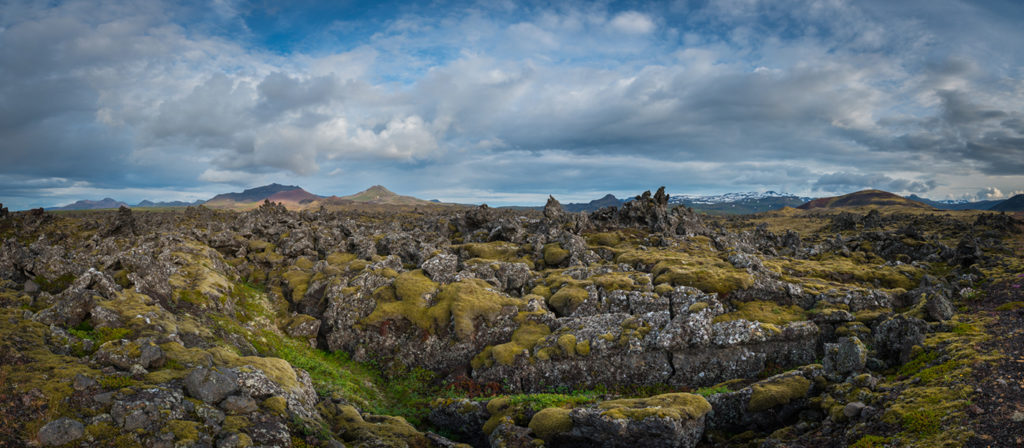
Volcanic rock in Iceland
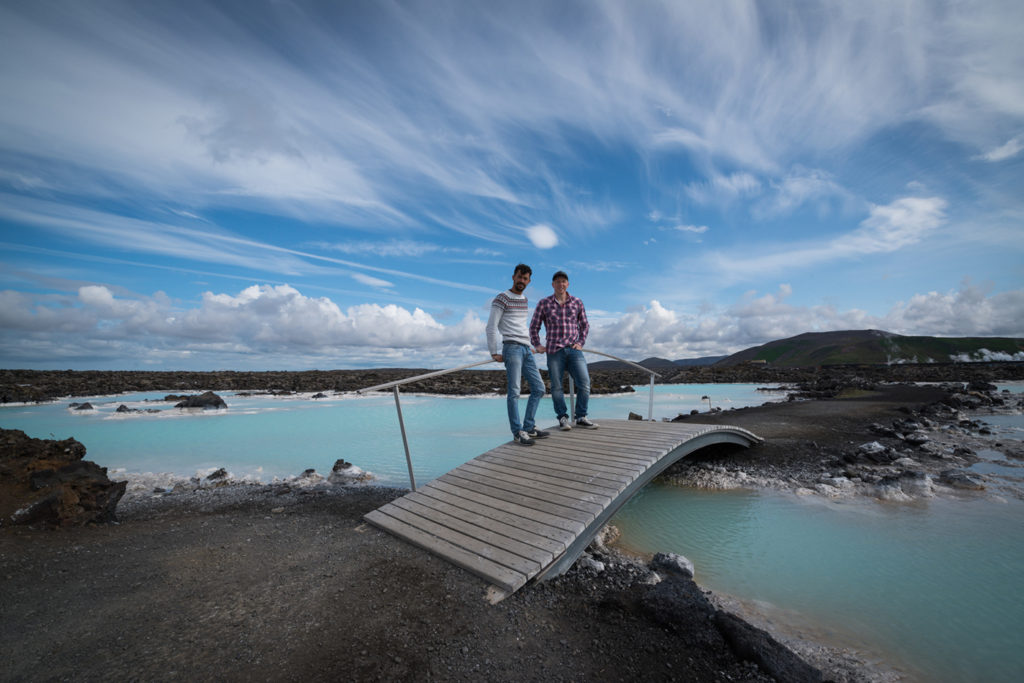
Remi and I outside Blue Lagoon
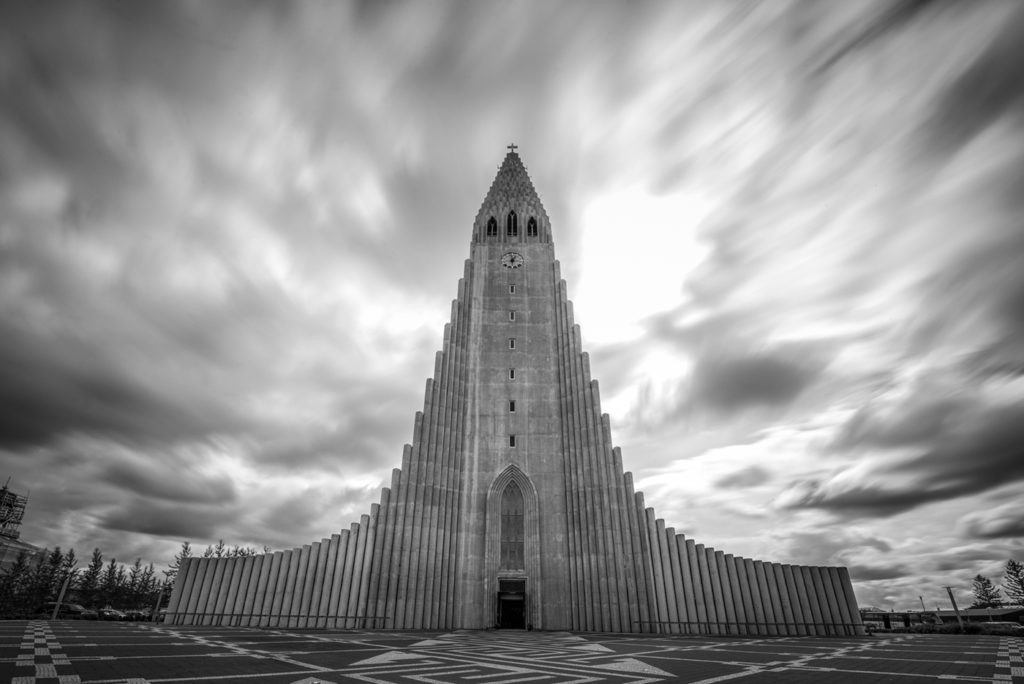
HALLGRÍMSKIRKJA

Gullfoss Iceland